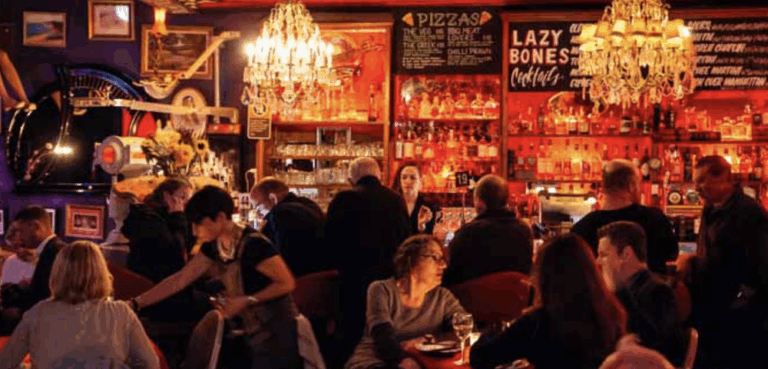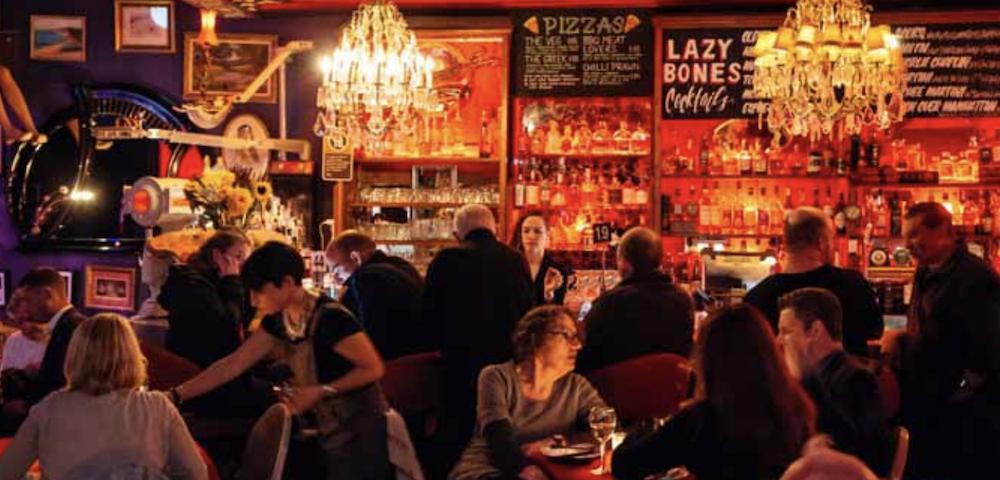
International White Cane Day: Creating Accessibility & Reducing Disability Stigma

October 15 is International White Cane Day (IWCD) which is celebrated across Australia and the United States as a day to bring awareness to those who live with blindness or vision impairment, ensuring their confidence, safety, and independence as they move across the world.
The day also serves as a moment to educate other members of the community about issues that are faced by people with disabilities across the country and what measures to take to best support them – from reducing stigma, to improving accessibility, and much more.
IWCD was established in 1964 in the United States by former President Lyndon B. Johnson and has been adopted internationally since.
The white cane stands as a symbol of independence and achievement for the blind and visually impaired.
Andy shares her story on International White Cane Day
For vision-impaired Andy Hampson, her decision to start using a white cane came after she experienced a tragic yet preventable accident: she was hit by a car reversing out of a driveway while walking her regular route.
Hampson had avoided using a white cane for years, held back by the stigma and a desire to fit in.
“It is very difficult to stand out because of your disability, and it took a while to accept it,” says Hampson.
Now, Hampson walks proudly with her white cane – which she has named “Audrey” after her orientation and mobility specialist from Vision Australia.
Once she began using her white cane, she stopped apologising for her disability – which Hampson said she had spent her whole life doing. She said her whole life changed once she began her cane: “the path just opens up”.’
How accessible is Sydney?
The white cane, sometimes painted white and red, ensures that the individual holding the cane is more visible to other pedestrians and drivers and can easily traverse busy areas safely. However, that does not mean that there are no obstacles faced by people who are vision impaired or blind, and other community members who are people with disability.
Sydney lacks much tactile paving and accessibility aids, including in train stations, crosswalks, streets, and shopping centres.
Fiona Bridger wrote for Achieve Australia that despite Sydney making the list of the top 500 cities for accessibility worldwide, there is no shortage of accessibility problems that continue to inconvenience and endanger people with disabilities.
A lack of dropped curbs, shortage of ramps, few accessible toilets, steps up to public transport, and obstacles on footpaths make life very difficult for wheelchair users such as Bridger.
“Keeping footpaths clear of obstacles is a key thing that makes it possible for people who are blind or have low vision to be independent just like anyone else,” says Vision Australia’s Chris Edwards.
Members of Guide Dogs Australia were surveyed and the results showed that over 90% of respondents consider unexpected obstacles such as shopping trolleys, garbage bins, cracks in the pavement, and cars parked incorrectly as the most hazardous to white cane users.
“Things like shared e-scooters being left in the middle of a footpath or outdoor dining being in the wrong location can make it close to impossible for people who are blind or have low vision to navigate safely,” said Edwards.
“Learning to use a white cane is a significant skill when it comes to people who are blind or have low vision being active and independent, but it doesn’t solve every issue our community faces in navigating public spaces,” said Edwards.
However, there have been many improvements made in Sydney. Stemming from 2014 and 2016 pilot projects, more than 2,100 braille and raised letter signs have been installed across the city.
The City of Sydney consulted many members of the community and did comprehensive on-site testing with Guide Dogs NSW/ACT and Vision Australia to ensure the efficacy of the signage.
While there are improvements being made for those in the disability community who are vision-impaired or blind, there are still many more accessibility implementations that need to be made in Sydney in order to ensure the safety and independence of other people with disabilities.
“Let’s hope NSW Government and councils continue their efforts for greater inclusivity and clear all the remaining hurdles so PWD can roam through Sydney unfettered – wild and free,” writes Bridger.









